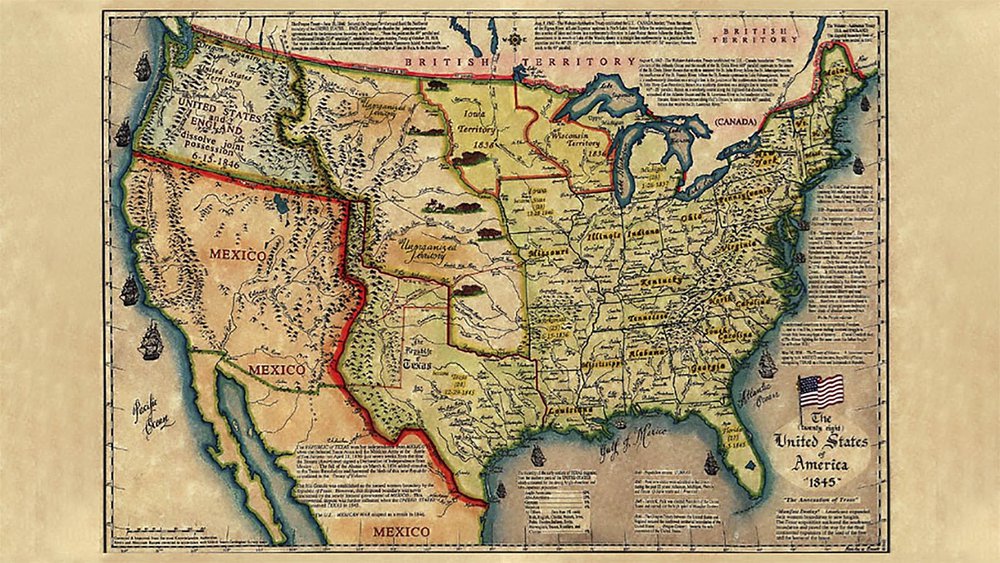Recent politics has brought the teaching of United States History to the forefront. Politicians on one side advocate the teaching of patriotism and the greatness of those involved in shaping our nation. Many on the other side say that our history is riddled with inaccuracies and that many of those involved in shaping our nation’s history no longer deserve a place in it. No matter which arguments is closer to the truth, we are doing a very poor job of informing our young people about the history of our nation.
The National Assessment of Educational Progress (NAEP) paints a grim picture of how much our young people know about United States History. Out of a possible 500 points, a sample of U.S. eighth graders scored 263 in 2018, down 4 points from a dismal score of 267 in 2014. Results showed a significant difference in scores with black youth underperforming white youth, English Language Learners underperforming native speakers, and youth from low income homes scoring lower than those in mid to upper income homes. The education of parents made some difference, but major differences were race, income, and language. Even with these differences, the overall performance average of all youth in 8th grade was poor.
As Michael Petrelli and Brandon Wright indicate in Education Next, America's poor students have lower performance because of a multitude of factors including single family homes, criminal justice involvement, substance abuse, lower education of parent, and increased abuse and neglect. Our current situation with our highest poverty school districts completely online since March will exacerbate all areas of low education achievement and our U.S. History scores will further decline. We must try to increase the history knowledge base of our youth. It is serious. Perhaps it is not about what we are teaching, but how.
How we might up our game in U.S. History:
1. Use change as a catalyst. Currently, our country is infused with movements that are indicative of change. There could be hope that at least one area of education might improve. Teachers are attempting to provide more inclusive lessons in their classrooms to reflect a nation that demands attention to diversity. Discussion and evolution can be a good thing if carefully and thoughtfully done. History does not change, but the lens thru which we view it can and should.
2. Use curiosity about current movements to inform. Most young people are curious about the current evolution happening in our country. Young and idealistic they want to be involved. If they could be convinced that U.S. History taught in a factual and inclusive manner that also reflects the culture and norms of each era, gives them information that is relevant to their opinions regarding current events, then that might hold the key to claiming some degree of interest in our country’s ever evolving history. U. S. History is anything but boring. It is fraught with battle after battle for ever increasing liberty and equality for its diverse populations and those of the world.
3. Integrate the subject matter. U.S. History should not stand alone. Literature and the arts, science, mathematics, health, and philosophy are an integral part of it. The subject begs for integration in other subjects and is ripe for exploration of the contribution of Americans on all fronts, both the successes and the failures. Teachers must work together to explore our history. We can be writing about our forefathers while exploring the great books, poetry, and art that makes our nation great. Some of our greatest achievements have been in the sciences; they too deserve a place and not as a mere paragraph in a book, but as the marvels and successes that they have been to the world. We can and should celebrate all aspects of our country's achievements.
4. Use our country's timeline to inform and guide the entire year. Let's let a timeline of American history guide us in planning a school year. Starting with the earliest discovery of the new world and continuing along a logical timeline on to current events with all subjects participating might make sense of what seems to our students to be a bucket full of unrelated inaccuracies. Our students are confused. A year’s curriculum for all subjects revolving around our nation's history, geography, and culture in fifth grade, eighth grade and high school might provide a catalyst for interest in our history and lessen the confusion.
5. Utilize project-based learning. Project based learning accompanied with a timeline of history approach could integrate subjects and provide the vehicle for an increased knowledge and understanding of U.S. History inside a global perspective. Understanding which events happened when and integrating the subjects in a timeline could provide students with a continuous flow as well a larger perspective. Project-based learning could help get them involved in what they begin to know and understand and allow them some choice in what they delve deeply into.
6. Utilize the best of online learning and resources. We must not use online learning as a crutch to isolate teaching but instead use it as a vista that opens resources and collaboration of our youth. There are so many great online resources that showcase American history that we can utilize. Teachers can and do collaborate online and must up their game as they work to raise the declining scores in all areas of education, leading by examples of working together to problem solve as we have done as Americans throughout our history. We are just learning how to best do this and we are rapidly becoming good at it.
It is imperative that our young people know about our country. Its vision is a great one that exemplifies challenges, successes built on failures, and ultimately the freedom of all its citizens to live a good and productive life, free from oppression. Youth must see this through their own eyes and the lens of their generation in order to build on it and preserve it. It is a great legacy that we pass on, but it is their future. We must allow them to create their own vision for it.
About the author

Dr. Christy Martin recently retired with 30 plus years of experience as an educator in K-12 and higher education and another 6 years in social service for foster youth. She considers advocating for at-risk youth a calling. Since retiring in February, she has returned to her love of writing, currently practicing that craft by writing about child welfare and school issues. She lives in East Tennessee, 15 miles from the Great Smoky Mountains National Park.











